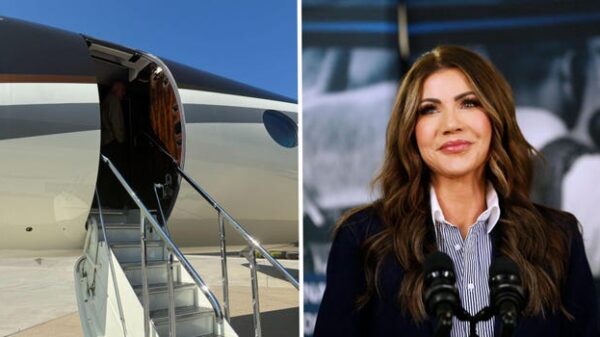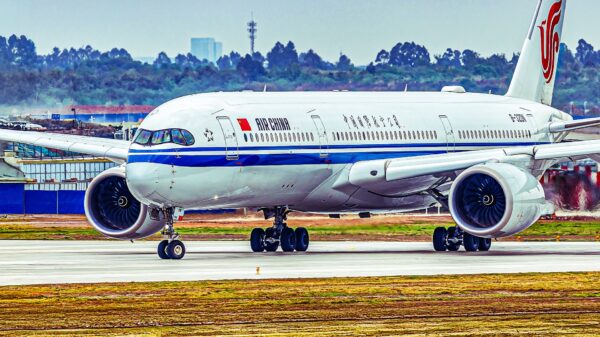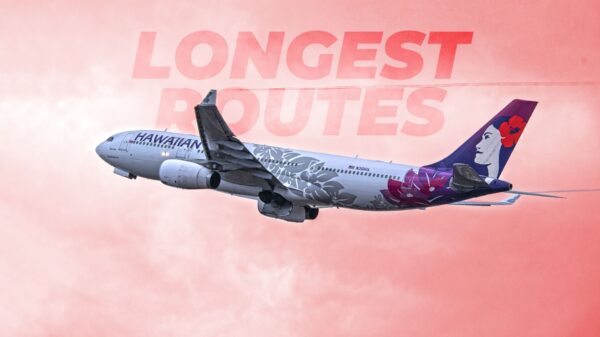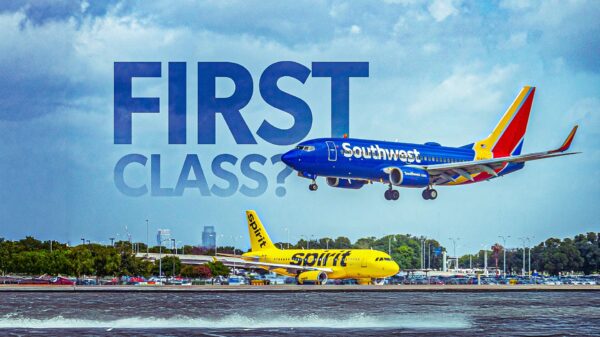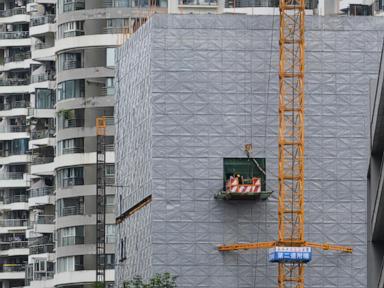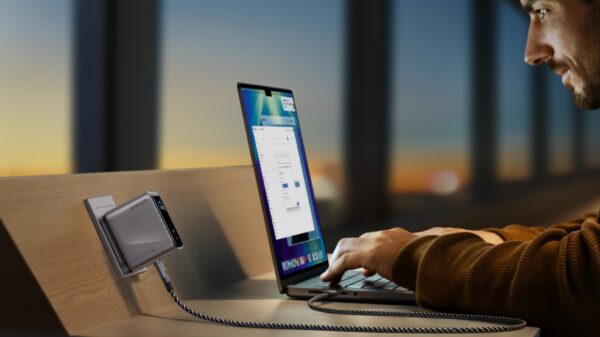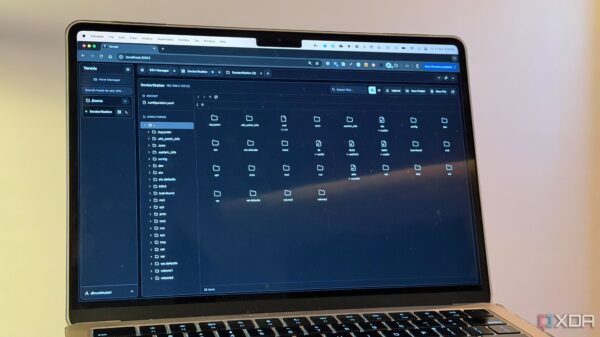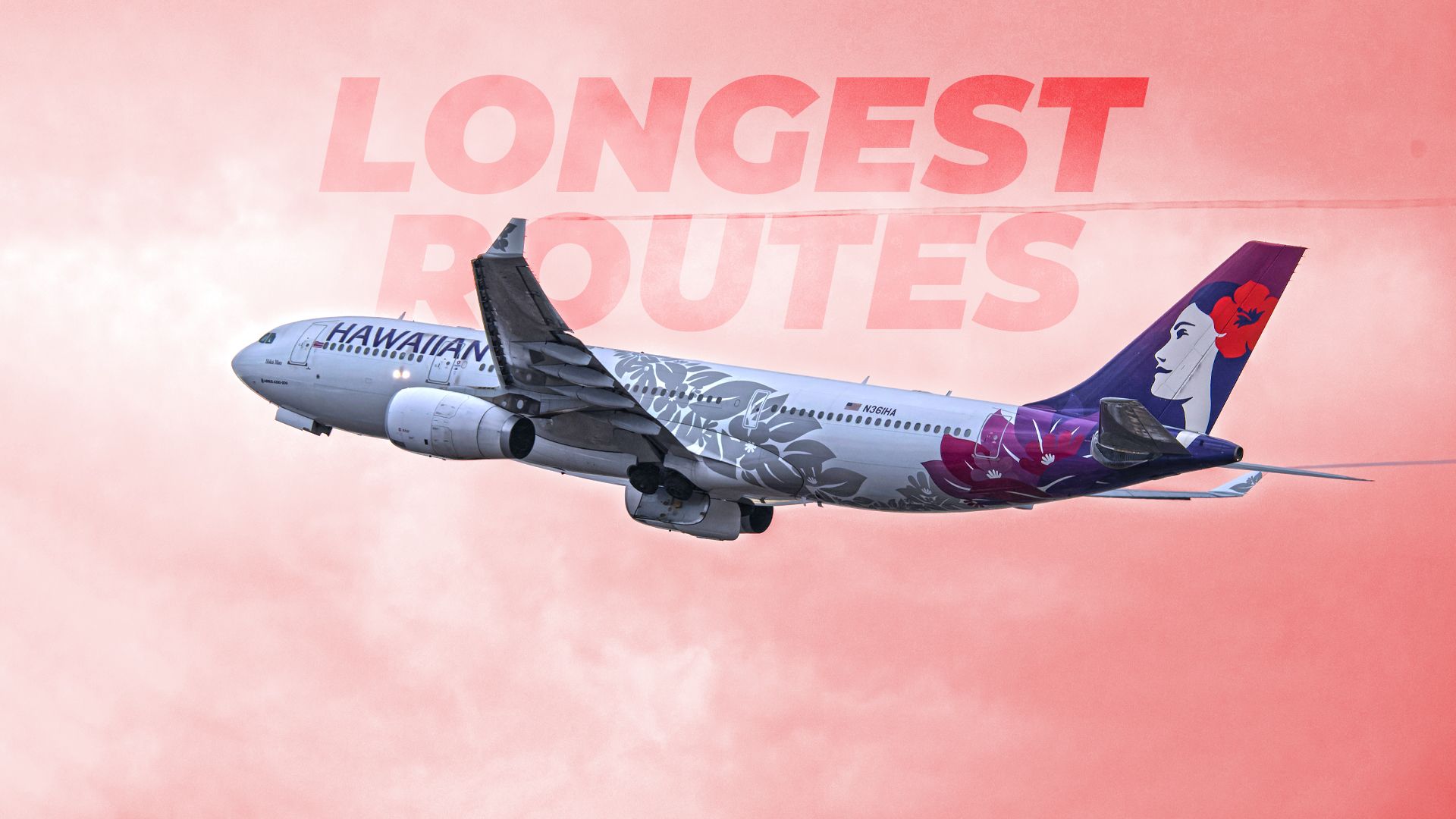In March 2025, Hawaiian Airlines is set to expand its long-haul operations with the Airbus A330-200, connecting the Hawaiian Islands to prominent destinations in Asia, Oceania, and North America. As the airline transitions to the newer Boeing 787-9 Dreamliner, the A330-200 remains a crucial component of Hawaiian’s fleet, particularly for routes requiring significant range and capacity. This aircraft not only facilitates Hawaiian’s growth into major global markets but also exemplifies the airline’s commitment to its renowned island hospitality across the Pacific.
The Backbone of Long-Haul Operations
The Airbus A330-200 has played an essential role in Hawaiian Airlines’ operations since its introduction in April 2010. The airline received its first A330-200 from Toulouse, France, marking a significant shift from a predominantly Boeing fleet to a more diverse lineup of long-range aircraft. The A330 offers modern technology, improved fuel efficiency, and a higher capacity for passengers and cargo compared to the Boeing 767 it replaced.
This aircraft has been configured with premium lie-flat seats and a versatile economy cabin, allowing Hawaiian to adapt quickly to demand fluctuations between Asia, Oceania, and the United States mainland. The A330’s operational flexibility is pivotal for success within Hawaiian’s island hub system, where factors like daylight limitations and airport curfews can significantly impact profitability.
Impressive Long-Distance Routes
Highlighted among Hawaiian’s 2025 A330 routes are its transcontinental flights, which serve as endurance tests for the fleet. The longest route, from Honolulu International Airport (HNL) to Boston Logan International Airport (BOS), measures approximately 5,095 miles, offering 55,322 seats in total. The second-longest, from HNL to Sydney Kingsford Smith Airport (SYD), covers about 5,066 miles and provides around 72,500 seats.
These long-haul flights require meticulous fuel management and precise payload planning to navigate varying jet stream conditions. They capitalize on high-demand markets, balancing incoming leisure travelers with outgoing passengers from Hawaii. Each flight exceeds ten hours, affirming the A330’s reliability and endurance across vast oceanic distances.
In addition to these extensive routes, Hawaiian operates several long mainland flights, including connections from HNL to John F. Kennedy International Airport (JFK) at 4,983 miles and Seattle-Tacoma International Airport (SEA) to Tokyo Narita Airport (NRT) at 4,796 miles. These connections highlight the A330’s capacity to maintain full seating and cargo loads, even during off-peak seasons.
The aircraft type’s average age is currently 12.3 years, with a total of 34 A330s in service, according to data from Planespotters.net. This longevity illustrates the A330’s established role within Hawaiian’s network, ensuring reliable service between Hawaii and major population centers.
Connecting Cultures and Markets
The A330 also plays a vital role in Hawaiian Airlines’ Asian routes, connecting Honolulu with Tokyo. Flights to Tokyo Haneda Airport (HND) and Tokyo Narita Airport (NRT) are approximately 3,854 and 3,818 miles, respectively. These routes are integral to Hawaiian’s strategy, facilitating robust leisure traffic from Japan while linking Hawaii with key trading partners.
Hawaiian’s scheduling is designed to optimize connectivity, allowing for smooth transitions for passengers traveling to and from the islands. The A330’s layout, which balances premium and economy seating, caters to the diverse needs of travelers on these routes.
Furthermore, the A330 serves shorter yet strategically important routes, such as HNL to Los Angeles International Airport (LAX) at 2,556 miles. These connections are crucial for maintaining high-capacity service to West Coast hubs, where demand remains steady year-round. The A330’s ability to operate effectively even under varying weather conditions reinforces Hawaiian’s commitment to regional connectivity.
As Hawaiian Airlines continues to integrate the Boeing 787-9 into its fleet, the A330-200 remains a dependable workhorse. Its versatility, capacity, and reliability ensure it will continue to play a significant role in the airline’s operations for the foreseeable future.
In summary, the A330’s presence in Hawaiian Airlines’ 2025 network underscores its importance in maintaining vital international and transcontinental connections. Its legacy extends beyond its operational capabilities; it has opened new markets and fostered cultural exchanges, solidifying Hawaiian Airlines’ position in the competitive global aviation landscape.


